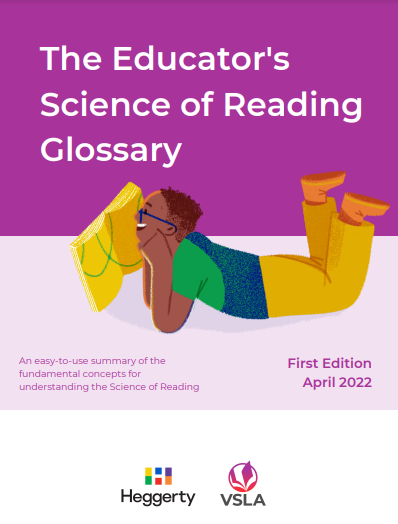Publications
Check out these VSLA publications: Reading in Virginia, The Collection, and The Glossary.
Reading in VirginiaReading in Virginia (RiV) is the peer-reviewed journal of the Virginia State Literacy Association. It publishes articles to support literacy instruction for and by researchers, specialists, and teachers. RiV offers a forum for the exchange of information on current theory, research, and classroom application, as well as to foster connections between literacy teachers, librarians, specialists, and researchers in Virginia and the United States as a whole. We broadly conceptualize literacy to include speaking, listening, reading, writing, and creating within and across grades and disciplines. Read more | The CollectionThe Collection is a periodic and themed publication of curated articles from the Virginia State Literacy Association. Our articles are generally between 1000-2500 words in length and conversational, insightful, and helpful to K–12 educators. Articles should be research-based and give concrete guidance that school leaders and educators can use to improve their practice. Moreover, articles should be written in a straightforward manner. Submissions should be relevant to a national audience interested in our given theme, addressing teachers, school administrators, researchers, and other stakeholders in the education community. Read more | The GlossaryIn an effort to provide you with timely information in the field of literacy, we have compiled a glossary of terms that may prove to be beneficial to you. Enclosed you will find the first edition of VSLA’s Science of Reading Glossary for the classroom teacher. This can be a companion document for our latest publication series, The Collection, or it can be used as a guide towards a greater understanding of some of the terms of the Science of Reading. In our first volume of the Glossary, we offer the fundamentals that are essential to understanding the Science of Reading. For now, refer to our recently released thematic Collection for a deeper dive into the Science of Reading. Read more |
VSLA Acronyms Glossary - Download the PDF Here



